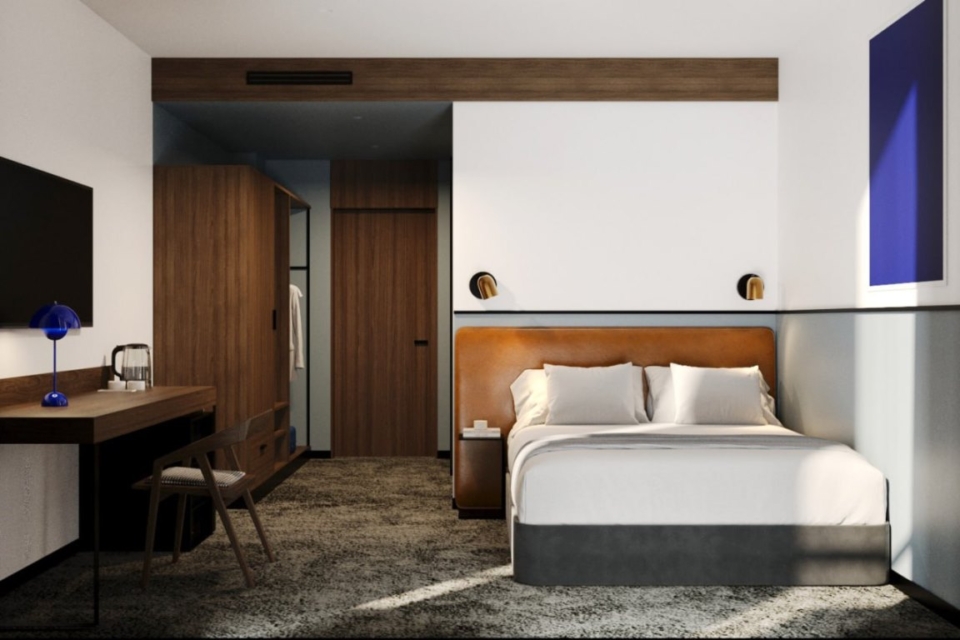Barrier-Free Vacation: How Ukrainian Hotels Are Implementing Inclusivity

Tetiana Morozova, a lead architect at Ribas Hotels Group, talks about the features of implementing barrier-free solutions in hotels and how to make recreation accessible to all groups of people.
Inclusivity in hospitality has always been and still is an important issue. With the period of war and the number of people affected by war, the issue has even more relevance today. However, what is important to know is that inclusivity is not limited to people with disabilities and those with reduced mobility, but means creating an accessible environment for all people. We should work to ensure that Ukrainian society develops and maximizes inclusivity in commercial and residential properties.
Adapting hotel rooms
According to the new DBN B.2.2-40:2018 Inclusiveness of Buildings and Structures, 10% of hotel rooms must be inclusive. However, the current version of the DBN B.2.2-20:2008 Buildings and Structures. Hotels indicates a figure of 5%..
When designing hotels, attention should be paid to space, considering all the turns and paths that a person in a wheelchair can take, the height of bathroom and lavatory equipment, and the availability of handrails. For example, the rooms may be equipped with handrails that can be removed; this will be a regular room that can be transformed to meet the needs of people with disabilities.

Visualization: A room for people with reduced mobility in Ribas Rooms Khmelnytskyi (by TEMO design studio).
You should also consider thoroughly locating a bed. For example, in some rooms, the bed can be placed against the wall, and so it will be easier for a person to move to the bed from their wheelchair. That is, the layout and design of an inclusive room are somewhat different from those of a conventional hotel room.

Visualization: A room for people with reduced mobility in Ribas Rooms Khmelnytskyi (by TEMO design studio).
As for apartments, we are currently designing an apartment hotel in Vinnytsia, and there we are envisaging a kitchen with special, more convenient equipment, and we are developing the additional height of the countertop, which will enable a wheelchair to access for having meals. All these details, although they seem trivial, have a significant impact on human comfort. In public spaces and apartments for people with visual impairments, we add Braille signs to make it easier to indicate the location of facilities.

Visualization: A room for people with reduced mobility in Ama Family Resort (by YABURO design studio).
Inclusivity in hotel public spaces
When designing public spaces, you should consider ramps or, if they cannot be arranged, electric lifts. Make sure that there are no thresholds and that the reception is accessible. The check-in area should include a lowered part of the desk for the convenience of people with reduced mobility. You should also design a shared bathroom for people with disabilities. The bathroom should be wider, with special handrails, where a wheelchair can turn around within a radius of 1.5 meters.
To read the rest of the story, visit PRAGMATIKA.MEDIA.
Subscribe to our blog to follow the news from our experts!
















